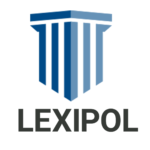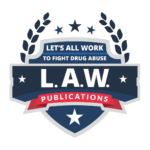
Advertorial
2024 | SUMMER
The Question of Burnout
The Question Of Burnout: How Draft One Can Reduce Officer Workload Through AI
Noah Spitzer-Williams
Advertorial
2024 | SUMMER
The Question of Burnout
The Question Of Burnout: How Draft One Can Reduce Officer Workload Through AI
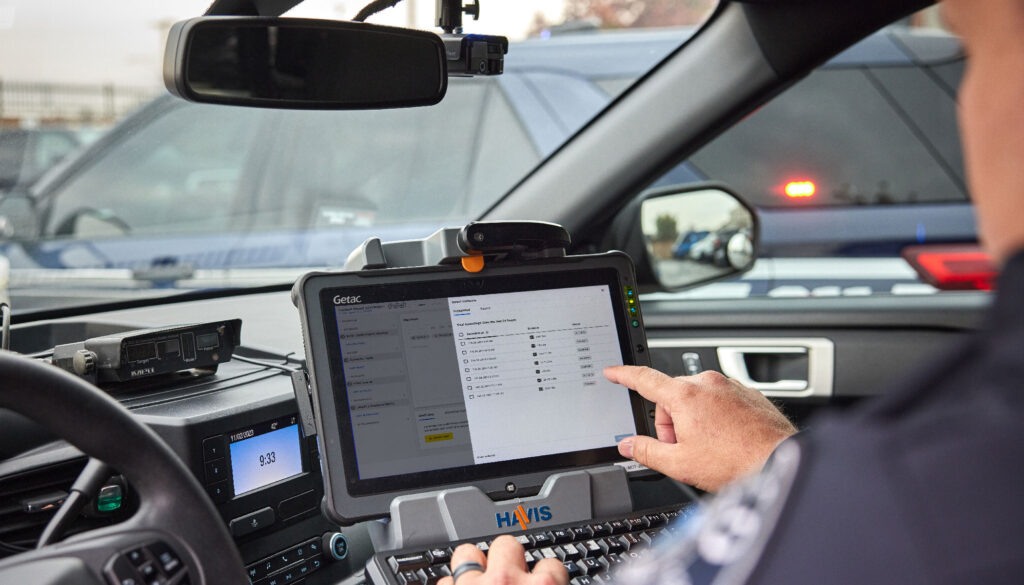
Noah Spitzer-Williams
Over the last several years, law enforcement agencies across the country have struggled with recruitment and retention. According to an article in the FBI Law Enforcement Bulletin, today’s law enforcement agencies are seeing a 27-60% decrease in number of recruits [SOURCE]. Those officers that agencies do manage to recruit are facing high levels of burnout.
THE QUESTION OF BURNOUT
According to a publication in Police Beat Magazine, “One major contributing factor to officer burnout is not having the resources or manpower they require” [SOURCE]. Our research has shown that officers can spend up to 3 hours each day writing reports [SOURCE]. This leads to officers having to work overtime or spend extra hours doing tedious work that does not provide much job satisfaction.
Many agree overworked officers simply do not police as effectively as those not suffering from burnout. In fact, one study showed that “burnout influences how police officers interact with the public as well as their attitude towards the use of violence (Kop et al., 1999), and actual behavior in conflict situations (Euwema, Kop, & Bakker, 2004). Some studies have also linked burnout to negative outcomes for the families of police officers, such as display of anger and spending time away from the family (Jackson & Maslach, 1982)” [SOURCE].
It is clear that burnout is an issue that law enforcement agencies must tackle, but how can it be addressed when budgets are tight and recruiting is suffering? While agencies currently cannot address the issue of manpower through recruiting, they may have a solution in AI.
AI AS A FORCE MULTIPLIER
One potential answer to today’s law enforcement capacity problem is to use AI to cut down on the amount of time officers need to spend performing administrative tasks. Less time spent on reports means more time spent responding to calls for service, reducing crime and supporting communities.
One such AI-based solution is Draft One, a new product feature from Axon. Draft One is a “force multiplier for officers, leveraging generative AI and body-worn camera audio to produce high-quality draft report narratives in seconds” [SOURCE].
DRAFT ONE
Draft One was launched by Axon in April of this year at Axon Week in Miami Beach. We believe that this technology can give officers more time back to engage with their communities rather than perform administrative work:
Early adoption customers believe that Draft One has cut their report-writing time by 50% or more. In fact, Sgt Bob Younger of the Fort Collins PD recently said, “We’re averaging 67% time savings in our report writing…that’s time that the officers are getting back to go out into the community and do work that they really enjoy.”
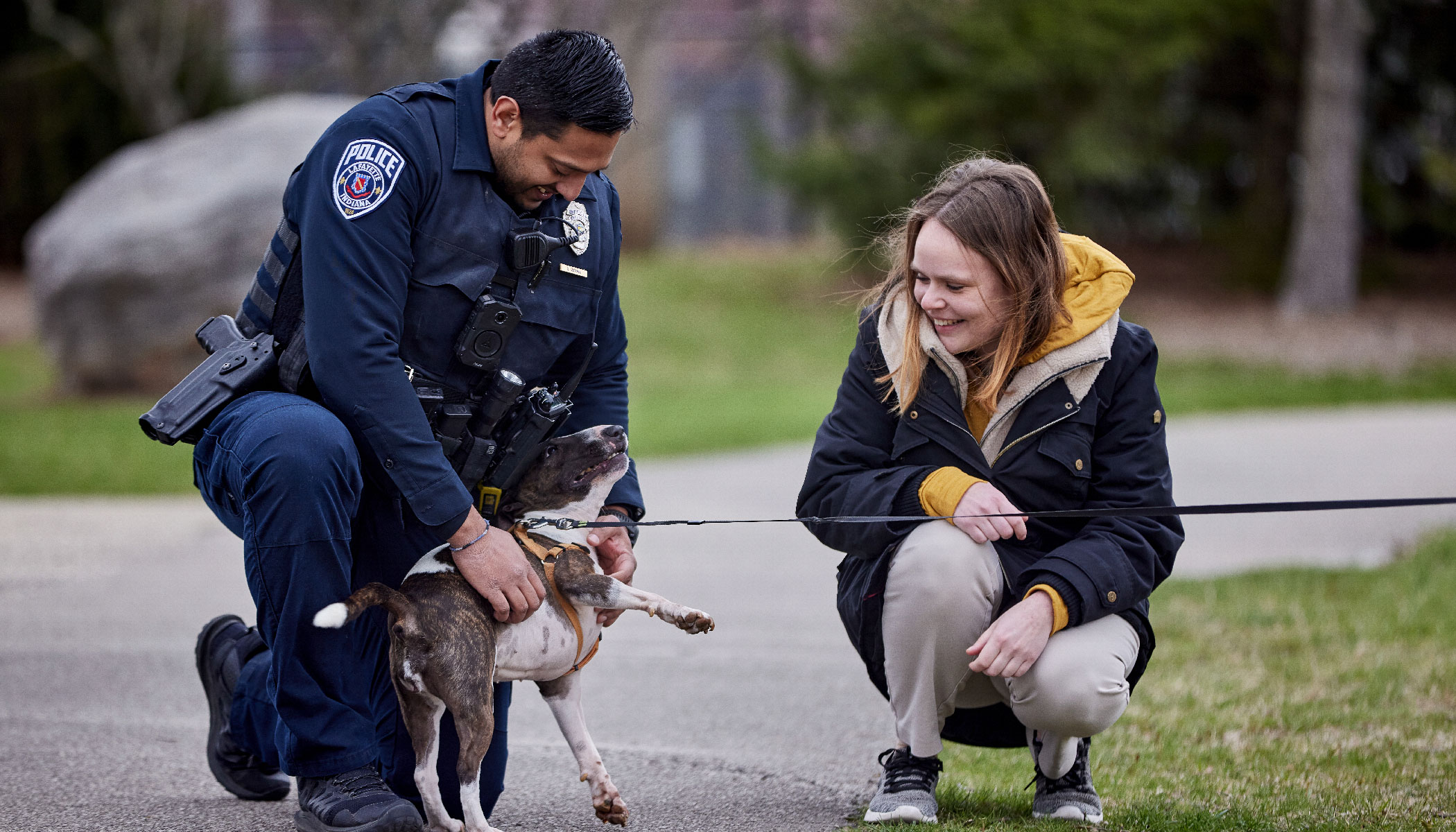
THE QUESTION OF AI FOR GOVERNMENT USE CASES
Many government agencies are asking, Is AI safe to use?
Axon believes that AI is an valuable tool to make public safety more efficient and effective, but it is only safe when the AI solution has been designed with several safeguards in place.
What does this mean? The first safeguard is that all Axon solutions that utilize AI have controls in place to ensure that human officers are the actual decision-makers. This helps to minimize the risks of AI while ensuring that officers receive the tools they need to effectively battle burnout.
In the case of Draft One, the software was designed in such a way that “Narratives cannot be submitted without officer review and approval. Officers must review the draft, manually fill in missing information and then sign off on the narrative’s accuracy before submission” [SOURCE].
The second safeguard embedded into Draft One was to reduce the creativity that many generative AI solutions are known for. This helps ensure the AI “sticks to the facts” and only drafts a narrative from the video’s transcript. The tool uses Open AI’s GPT-4 Turbo, but it has been calibrated to prevent speculation or embellishments. When information is missing, the AI won’t guess or make something up, it will require the officer to “insert” the missing information.
The third safeguard helps ensure the AI drafts are accurate and without racial bias. Axon conducted a double-blind study on Draft One to ensure that the technology drafted report narratives that were complete, neutral and objective. The study, which can be read at axon.com, “could not detect a statistically significant difference in mistakes, omissions, or number of incriminatory words between races” [SOURCE]. In other words, the study tested the technology for racial bias, and none was found.
A fourth safeguard is built around secure data. One of the dangers of free generative AI tools is that any information submitted to that AI tool becomes public information that can be used in the future. When working with sensitive data that is tied to investigations, this is not an option for law enforcement officers. With Draft One, all data is always secured within the Axon Network; no information will be shared outside of your agency.
These safeguards, along with thoughtful agency policies and training, can enable government agencies to leverage the benefits of AI while also drastically reducing the risks.
REWRITE REPORT WRITING
With the struggle of recruiting and retaining talent ever-present in today’s policing landscape, tools like Draft One provide agency’s a potential solution for reducing officer burnout while simultaneously increasing agency ability to effectively protect and serve their communities.
As Chief Scott Galloway, Lafayette PD, said, “You come on this job wanting to make an impact, you don’t come on this job wanting to type reports. So this AI feature, I’m super excited about it…Ultimately we are here to serve the community and this helps with that job” [SOURCE].
1 Citaton one goes here
2. Citation two goes here
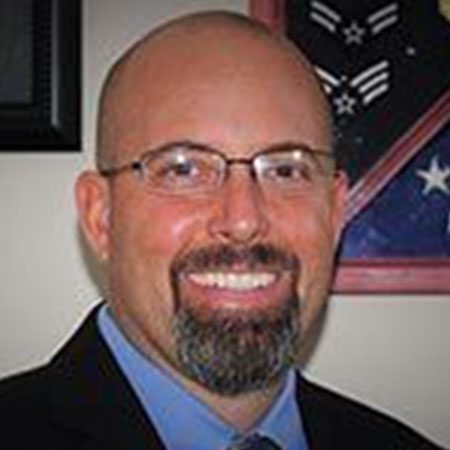
David Blake

Duane Wolfe

Guler Arsal

Joel Suss
Lorem ipsum dolor sit amet, consectetur adipiscing elit. Ut elit tellus, luctus nec ullamcorper mattis, pulvinar dapibus leo.

Noah Spitzer-Williams
To learn more about Draft One, please visit axon.com/draft-one or contact Noah Spitzer-Williams at noahsw@axon.com





